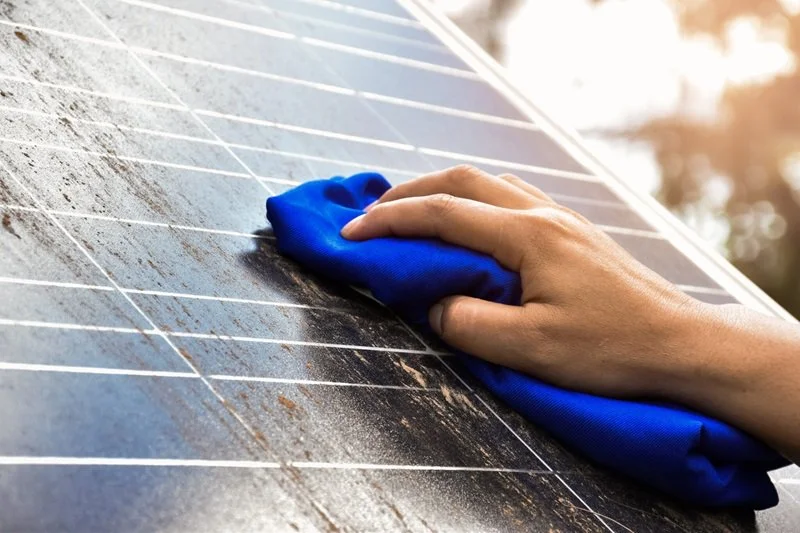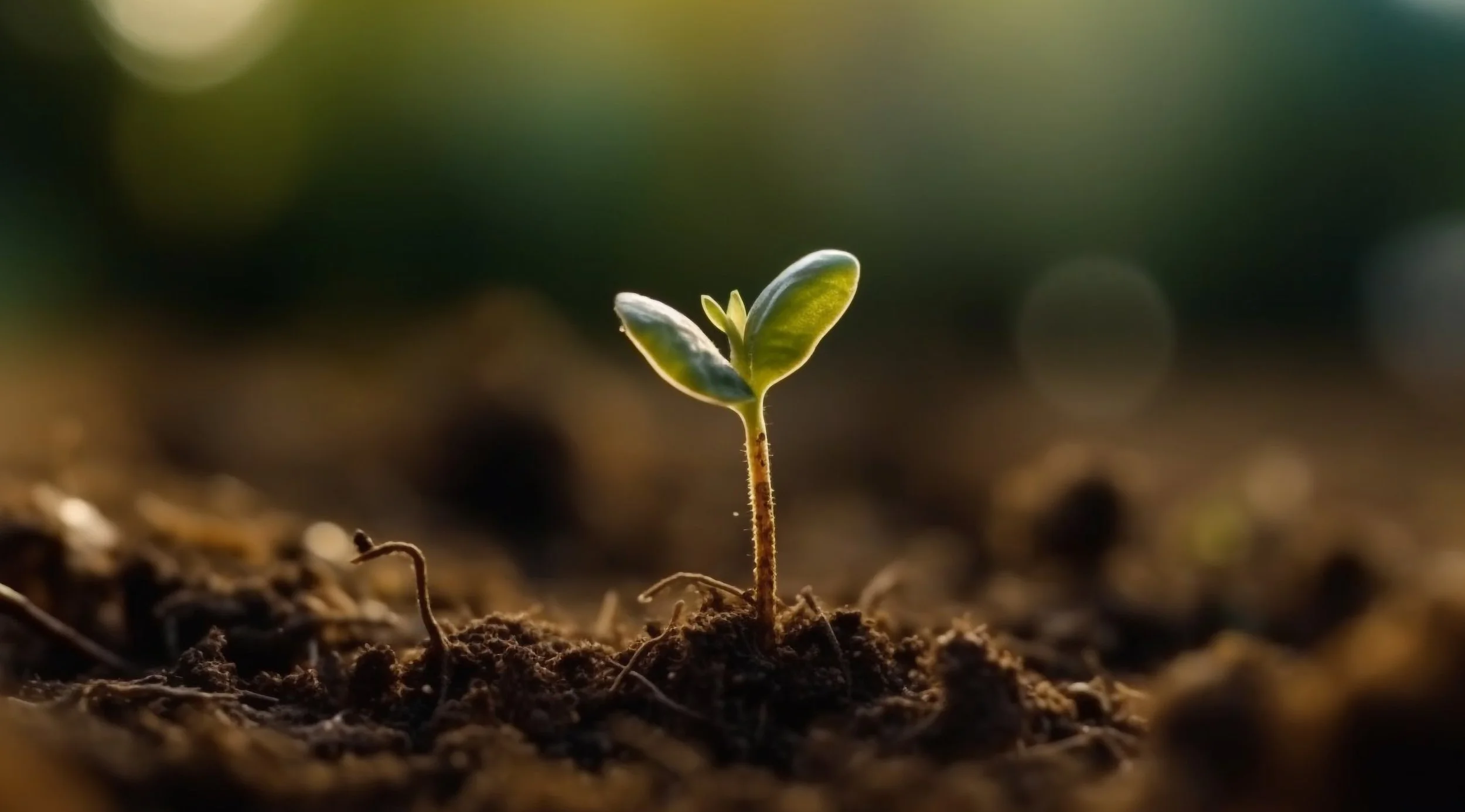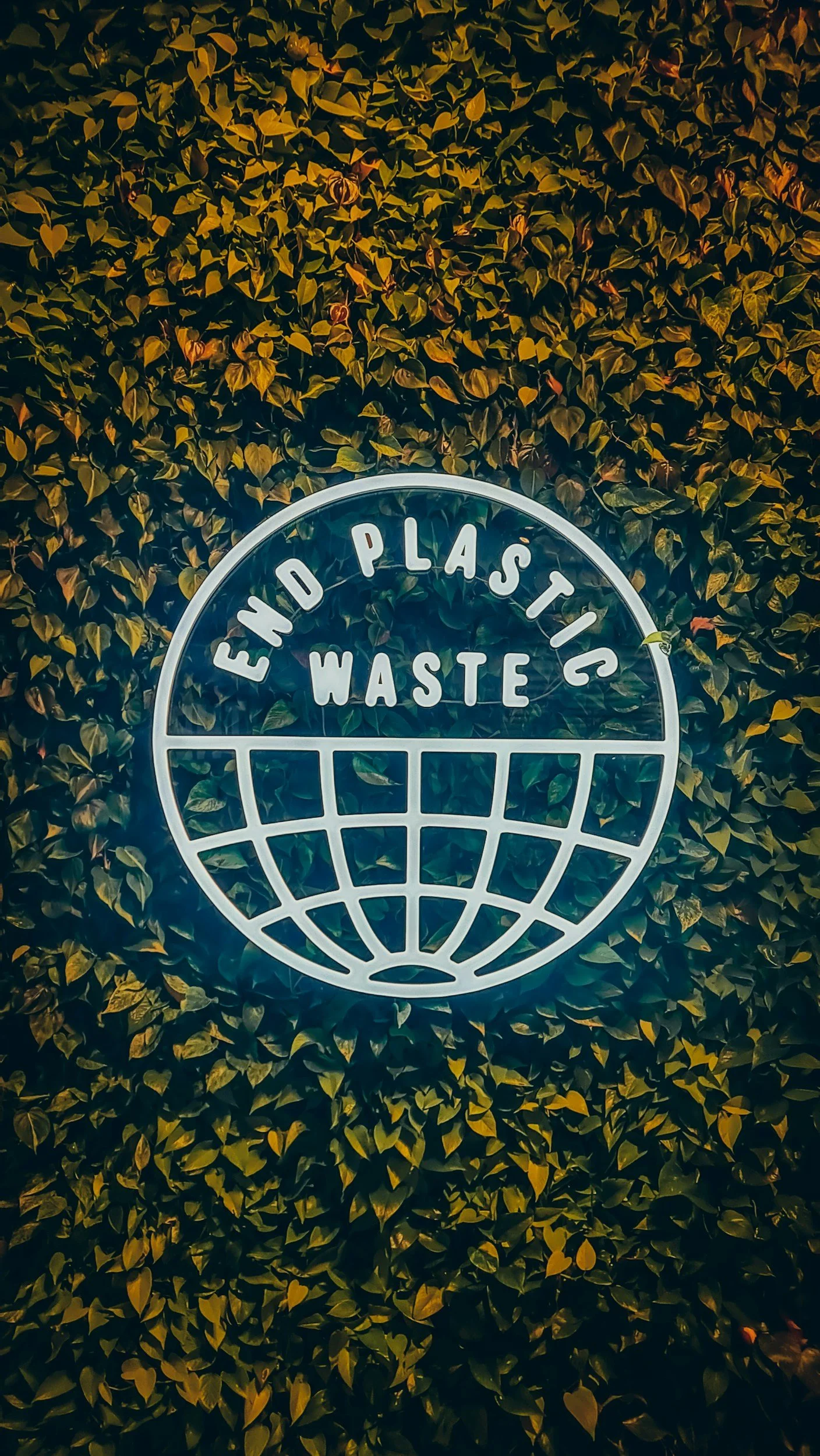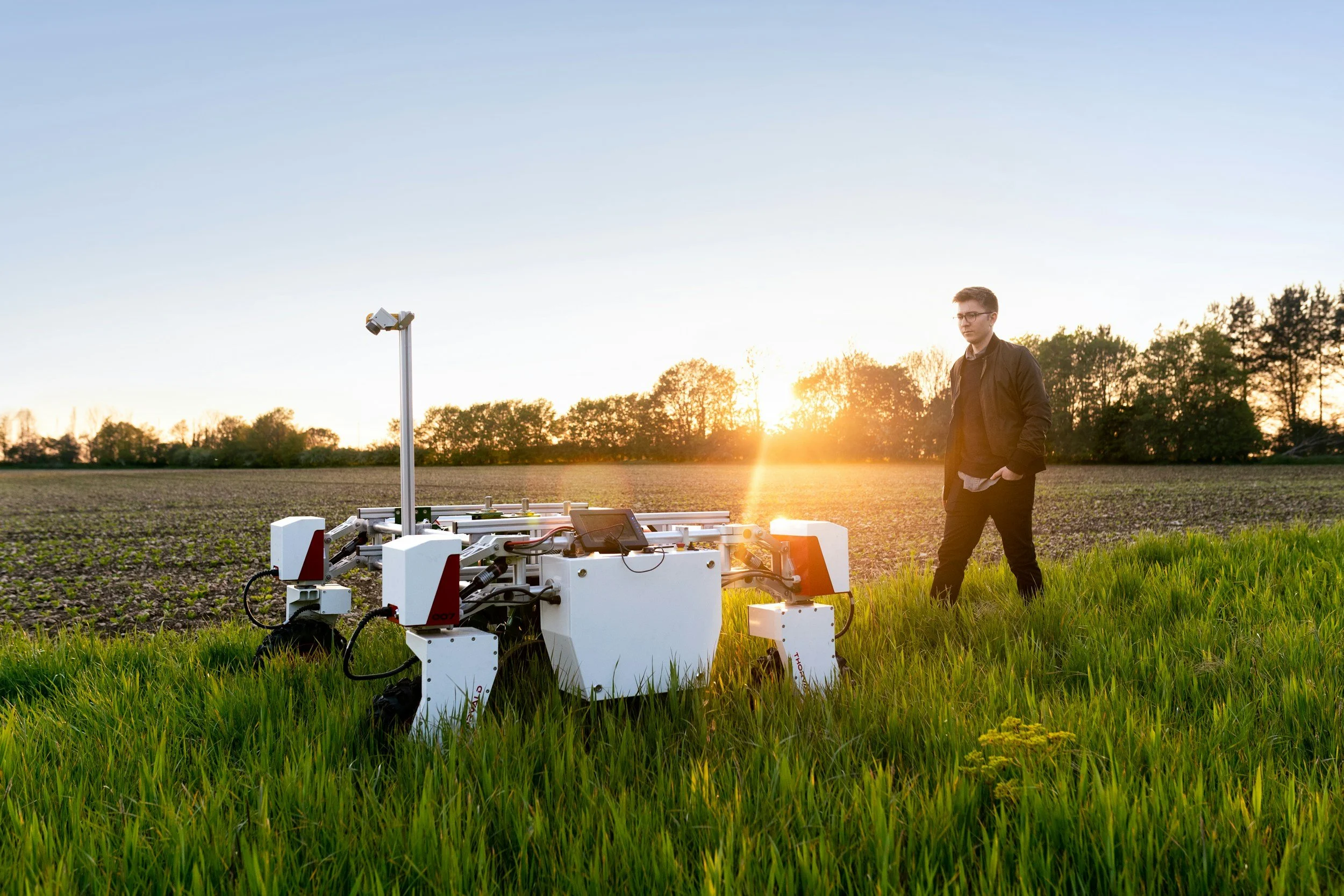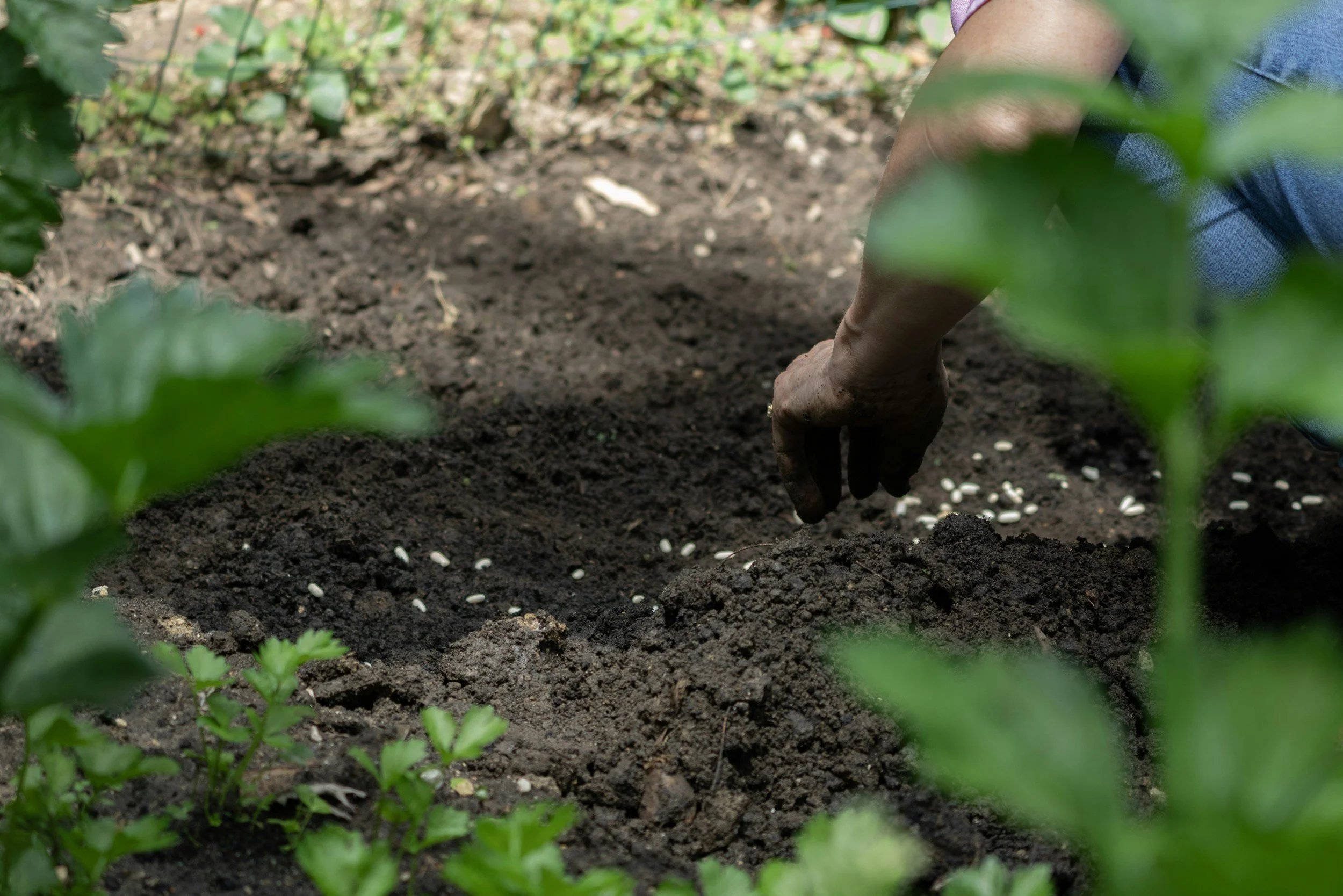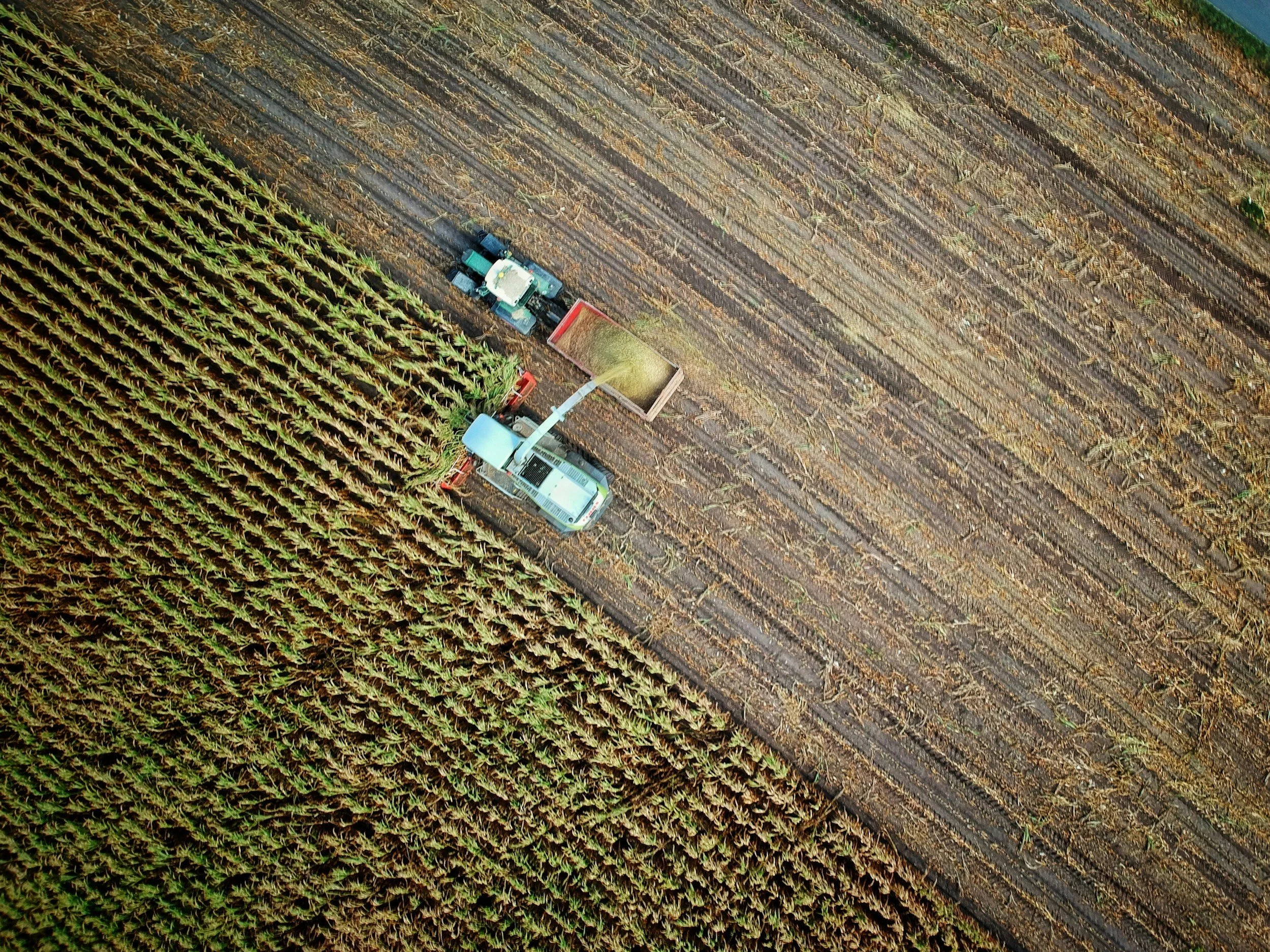How Does Thrift Shopping Help You Save the Environment?
/Thrift shopping at second-hand stores, consignment shops, rummage sales and online used-good directories is not just for environmentalists and hipsters, but a viable solution for anyone looking to go eco-friendly in small ways.
Before going into the green benefits, here’s how thrifting helps you:
Saving Money – Thrifted clothing is far more affordable than new clothes of comparable quality.
Smarter Buys – You tend to spend more time looking over each item instead of buying it outright. Use some of your thrift finds to create a capsule wardrobe with pieces you can wear year-round.
Unique Finds – It’s highly unlikely that anyone else is walking around in the same clothes as you.
Creative Potential – You might be inspired to try new combinations, or even some DIY reconstruction!
If that wasn’t enough, here are 7 ways in which thrifting helps the environment:
1. It Lowers Your Carbon Footprint – A lot of energy goes into clothing manufacture, right from the transportation of raw materials to production processes. Then, there’s the energy required to get finished clothing to stores, and dispose of unwanted items. When you buy secondhand, you’re preventing wastage of energy and resources on the production of new clothes.
Photo credit: Big Grey Mare via Visual Hunt / CC BY-NC-ND
2. It Aids in Water Preservation – In addition to energy, water consumption is extremely high at every stage of clothing production. For instance, growing one kilogram of cotton requires 5,300 gallons of water, while wet processing and printing use 18 and 21.6 gallons respectively, per pound of cotton. Manufacturing, packaging and transportation processes add to this cost as well.
3. It Reduces Chemical Pollution – The production of cotton is highly pesticide-intensive, causing soil acidification and water contamination. Textile manufacturing processes also involve the use of harmful dyes, caustic soda and crude oil by-products. These chemicals are generally dumped into areas around manufacturing units, contaminating surface and ground water through soil runoff.
4. It Decreases Landfill Waste – Americans throw out anywhere from 60 to over 80 pounds of textile waste annually, and only about 10% of this makes it to thrift stores. If more people start shopping for secondhand clothes, less fabric ends up being dumped in landfills. That’s not all. Packaging material is also reduced, keeping plastic, paper and metal out of the waste stream.
5. It Inspires Green Living – Thrifting is an essential part of green living, in more than one way. When you buy used items, you keep them from being sent to a landfill and reduce manufacturing demand as well. Also, by donating unwanted clothes to consignment shops or thrift stores, you may be encouraging others simply by giving them something they can use.
6. It Boosts Community Development – While shopping secondhand, your money is used to help local charities and businesses instead of multinational corporations. Thrift stores provide employment in retail outlets as well as donation centers, creating more jobs and boosting the local economy. Many hire disabled workers and donate proceeds to community programming projects as well.
7. It Encourages Recycling – Did you know that recycled cotton clothing uses less than 3% of the energy that would have gone into producing new clothes? When you reuse or recycle clothes, you’re decreasing the demand for production and encouraging sustainable practices. It may not seem like much, but every item that doesn’t end up in a landfill counts as a win!
About the Author:
Erich Lawson is passionate about saving environment by effective recycling. He has written a wide array of articles on how modern recycling equipments can be used by industries to reduce monthly garbage bills and increase recycling revenue. You can learn more about environment savings techniques by visiting Northern California Compactors, Inc blog.















